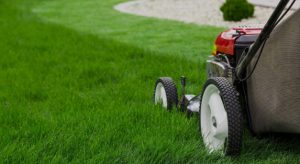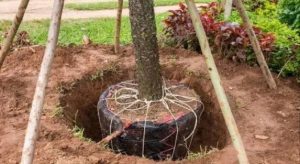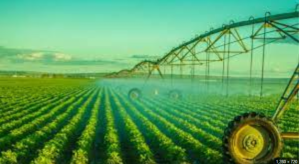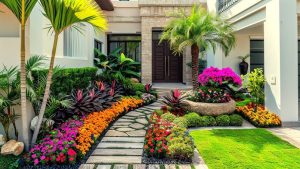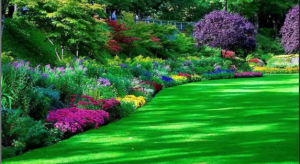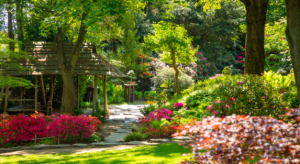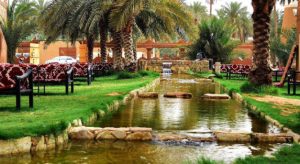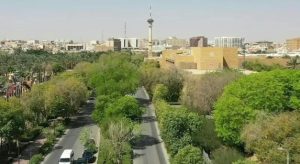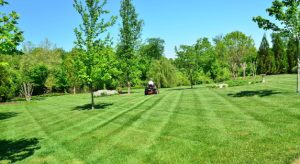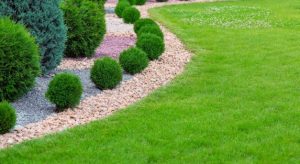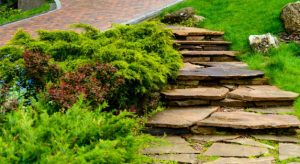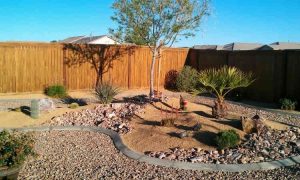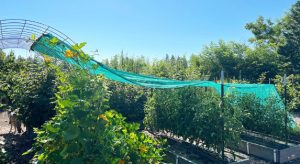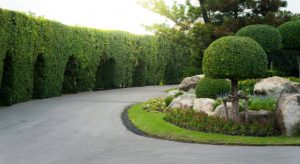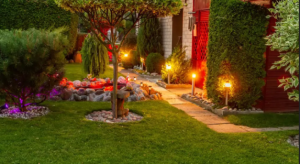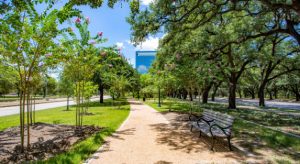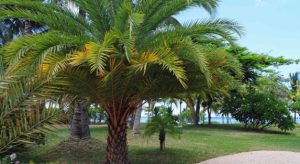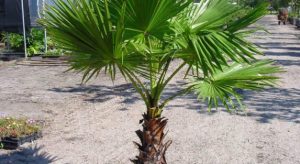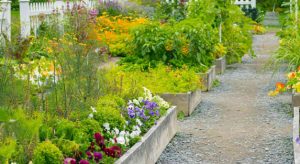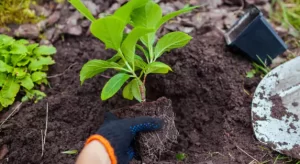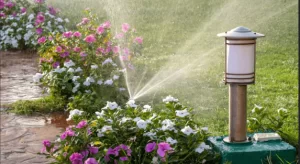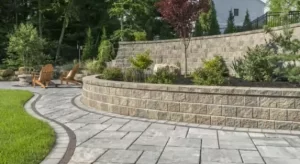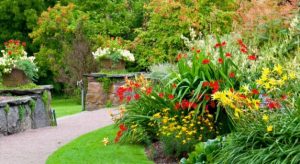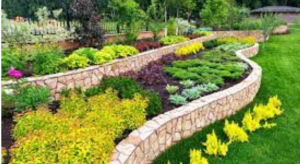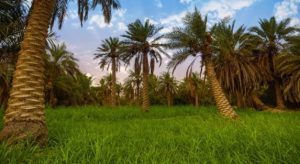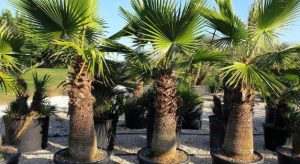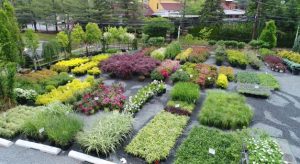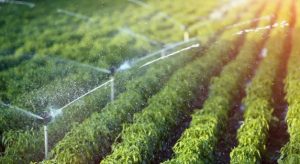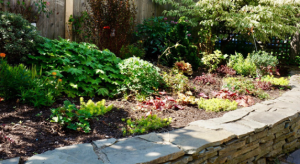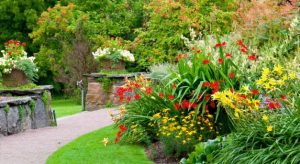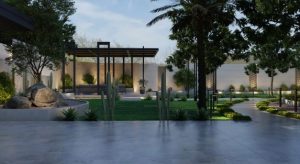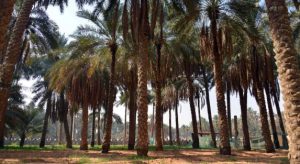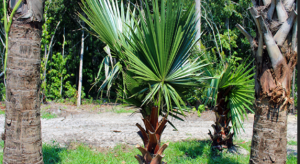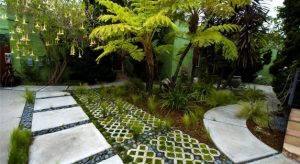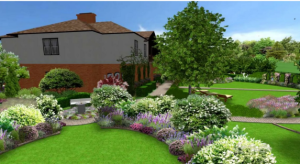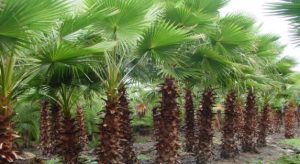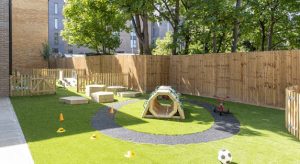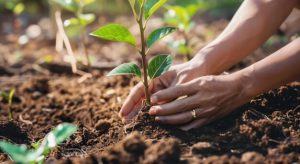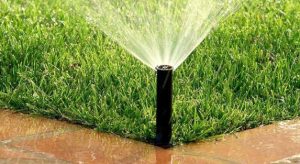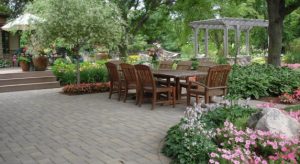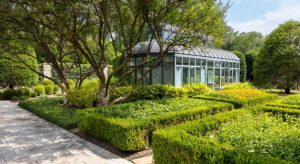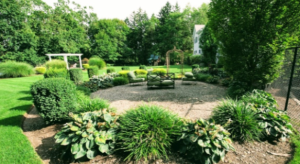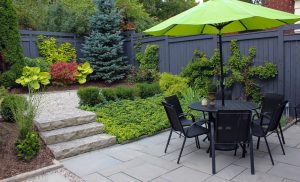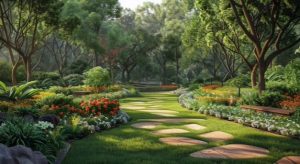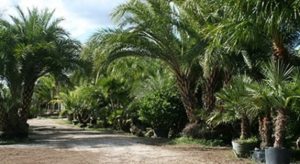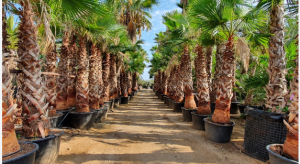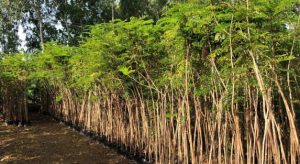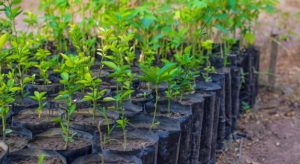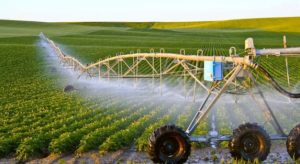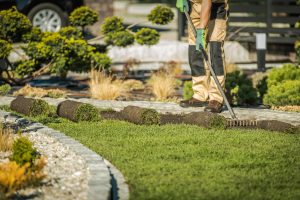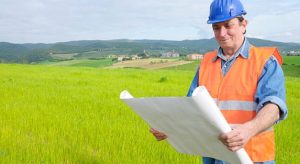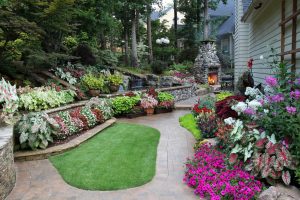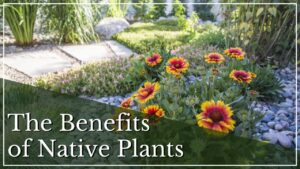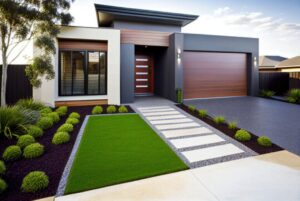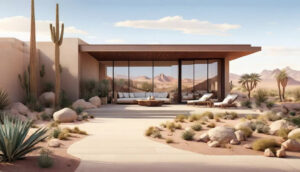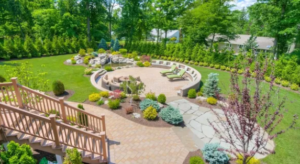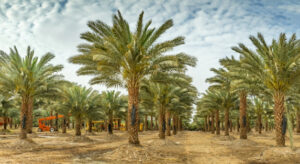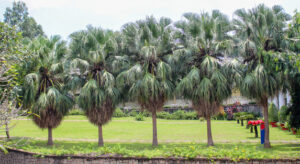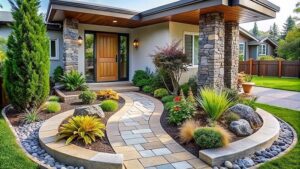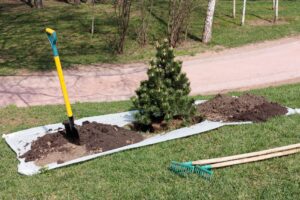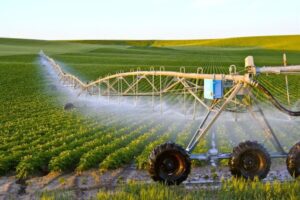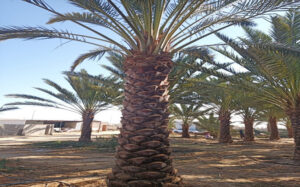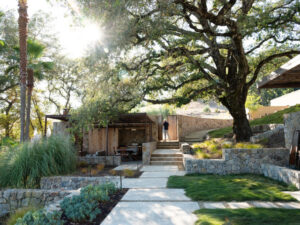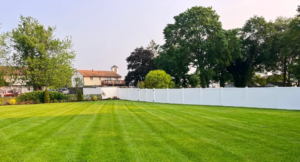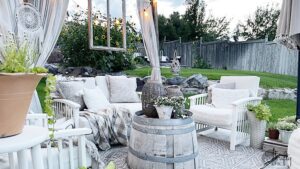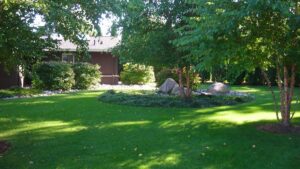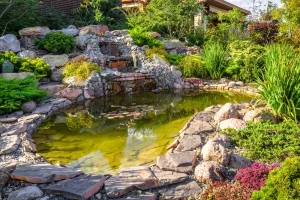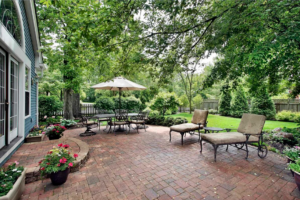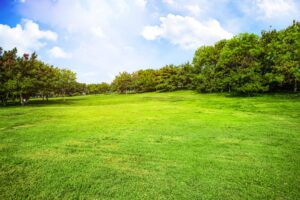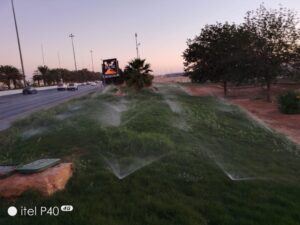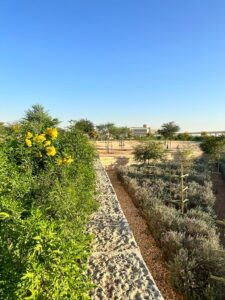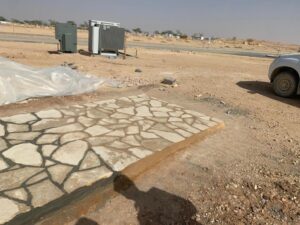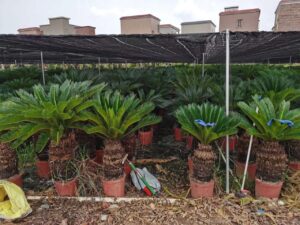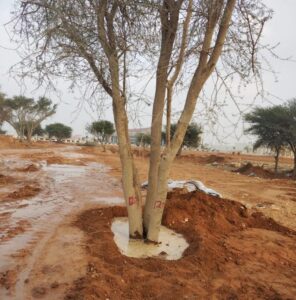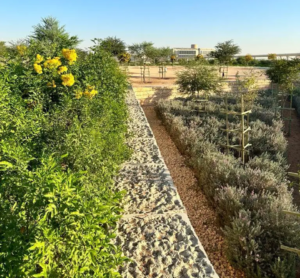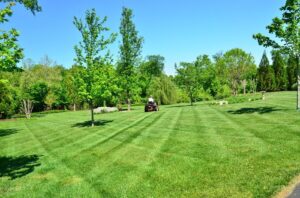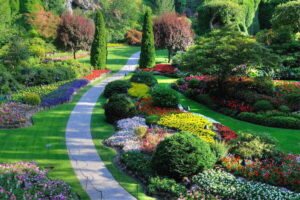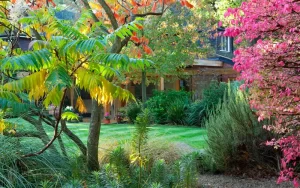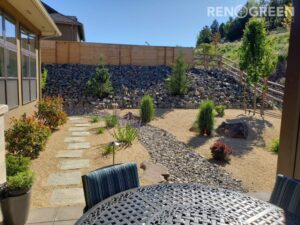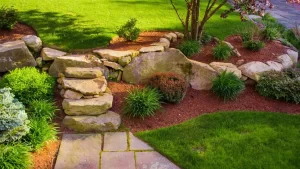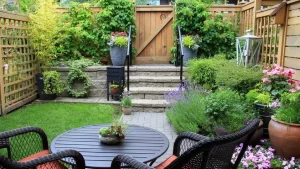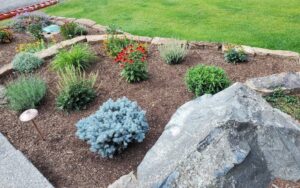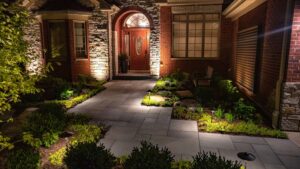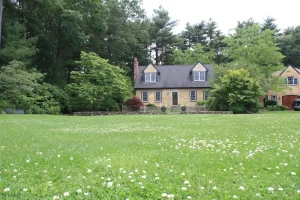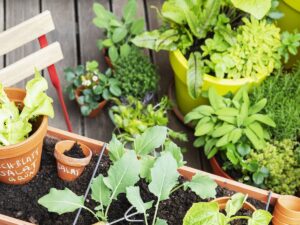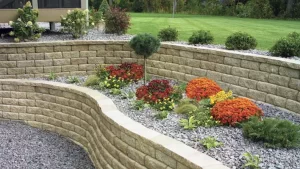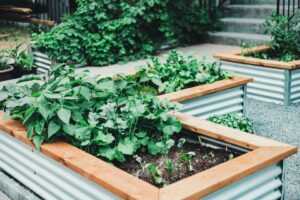Top 5 Factors That Impact Your Commercial Landscape Maintenance Costs
17 February, 2025
Introduction
Maintaining a commercial landscape is a critical aspect of property management, especially in regions like Saudi Arabia, where the climate and environmental conditions can be harsh. A well-maintained landscape not only enhances the aesthetic appeal of a property but also contributes to its overall value. However, the costs associated with commercial landscape maintenance can vary significantly based on several factors. For businesses seeking the services of a landscaping company in Saudi Arabia, understanding these factors is essential to budgeting effectively and ensuring the longevity of their outdoor spaces. This article delves into the top five factors that impact commercial landscape maintenance costs, offering insights and strategies to manage these expenses efficiently.
1. Climate and Environmental Conditions
1.1 The Impact of Saudi Arabia's Climate
Saudi Arabia's climate is characterized by extreme heat, limited rainfall, and high levels of humidity in coastal areas. These conditions pose unique challenges for maintaining commercial landscapes. The intense heat can lead to rapid evaporation of water, making irrigation systems crucial but also costly. Additionally, the lack of natural rainfall means that landscapes require more frequent watering, which can significantly increase maintenance costs.
1.2 Soil Quality and Composition
The quality and composition of the soil in Saudi Arabia also play a significant role in landscape maintenance costs. Many regions have sandy or rocky soil, which may not retain moisture well and can be less fertile. This necessitates the use of soil amendments, fertilizers, and other treatments to ensure healthy plant growth, all of which add to the overall maintenance expenses.
1.3 Strategies to Mitigate Climate-Related Costs
To manage the impact of climate and environmental conditions on maintenance costs, businesses can work with a landscaping company in Saudi Arabia to implement strategies such as:
Drought-Resistant Plants: Using native or drought-resistant plants that require less water and are more suited to the local climate.
Efficient Irrigation Systems: Installing advanced irrigation systems that minimize water waste and ensure even distribution.
Soil Improvement: Regularly amending the soil with organic matter to improve its fertility and water retention capabilities.
2. Size and Complexity of the Landscape
2.1 The Role of Landscape Size
The size of a commercial landscape is one of the most straightforward factors influencing maintenance costs. Larger landscapes require more resources, including labor, equipment, and materials, to maintain. This includes mowing, pruning, fertilizing, and watering, all of which scale with the size of the area.
2.2 Complexity of the Landscape Design
In addition to size, the complexity of the landscape design also impacts maintenance costs. Landscapes with intricate designs, multiple plant species, water features, and hardscaping elements (such as pathways, patios, and retaining walls) require more specialized care and attention. For example, maintaining a koi pond or a complex irrigation system can be more labor-intensive and costly than caring for a simple lawn.
2.3 Managing Size and Complexity
To manage the costs associated with the size and complexity of a landscape, businesses can consider the following strategies:
Zoning: Dividing the landscape into zones based on maintenance needs can help allocate resources more efficiently.
Simplified Designs: Opting for simpler landscape designs that require less maintenance can reduce long-term costs.
Regular Assessments: Conducting regular assessments to identify areas that may require more or less maintenance can help optimize resource allocation.
3. Type of Plants and Vegetation
3.1 Plant Selection and Maintenance Costs
The types of plants and vegetation used in a commercial landscape significantly impact maintenance costs. Some plants require more frequent watering, pruning, and fertilizing, while others are more low-maintenance. For example, exotic plants that are not native to Saudi Arabia may require more care and resources to thrive in the local climate.
3.2 Seasonal Variations
Seasonal variations also affect the maintenance needs of different plants. In Saudi Arabia, the extreme summer heat can stress plants, requiring additional care such as increased watering and shading. Conversely, cooler months may require less intensive maintenance but still necessitate regular monitoring to ensure plant health.
3.3 Choosing the Right Plants
To minimize maintenance costs related to plant selection, businesses can work with a landscaping company in Saudi Arabia to:
Select Native Plants: Native plants are better adapted to the local climate and typically require less maintenance.
Diversify Plant Species: Using a mix of plant species can reduce the risk of pest infestations and diseases, which can increase maintenance costs.
Implement Mulching: Mulching helps retain soil moisture, reduce weed growth, and regulate soil temperature, all of which can lower maintenance needs.
4. Frequency and Scope of Maintenance Services
4.1 Maintenance Frequency
The frequency of maintenance services is a key factor in determining overall costs. Regular maintenance, such as weekly mowing, pruning, and watering, ensures that the landscape remains healthy and attractive but can be costly. On the other hand, infrequent maintenance may lead to larger issues that require more extensive and expensive interventions.
4.2 Scope of Maintenance Services
The scope of maintenance services also impacts costs. Basic services such as mowing and trimming are generally less expensive than specialized services like pest control, fertilization, and irrigation system maintenance. Additionally, emergency services, such as repairing storm damage or addressing pest outbreaks, can significantly increase maintenance costs.
4.3 Optimizing Maintenance Frequency and Scope
To optimize maintenance frequency and scope, businesses can:
Develop a Maintenance Schedule: Creating a detailed maintenance schedule that outlines the frequency and scope of services can help manage costs and ensure consistent care.
Prioritize Preventive Maintenance: Investing in preventive maintenance can help avoid costly emergency repairs and extend the lifespan of landscape elements.
Customize Services: Tailoring maintenance services to the specific needs of the landscape can help avoid unnecessary expenses.
5. Labor and Equipment Costs
5.1 Labor Costs
Labor is one of the most significant expenses in commercial landscape maintenance. The cost of labor can vary based on factors such as the skill level of the workers, the complexity of the tasks, and the local labor market conditions. In Saudi Arabia, where the cost of living and labor can be high, businesses may face higher labor costs for landscape maintenance.
5.2 Equipment Costs
The equipment used for landscape maintenance also contributes to overall costs. High-quality equipment, such as mowers, trimmers, and irrigation systems, can be expensive to purchase and maintain. Additionally, specialized equipment for tasks like tree trimming or pest control may require additional investment.
5.3 Managing Labor and Equipment Costs
To manage labor and equipment costs effectively, businesses can consider the following strategies:
Outsourcing Maintenance: Partnering with a landscaping company in Saudi Arabia can provide access to skilled labor and specialized equipment without the need for significant upfront investment.
Investing in Training: Providing training for in-house maintenance staff can improve efficiency and reduce the need for external labor.
Equipment Maintenance: Regularly maintaining and servicing equipment can extend its lifespan and reduce the need for costly replacements.
Conclusion
Commercial landscape maintenance is a critical investment for businesses in Saudi Arabia, where the climate and environmental conditions present unique challenges. Understanding the factors that impact maintenance costs—such as climate and environmental conditions, the size and complexity of the landscape, the type of plants and vegetation, the frequency and scope of maintenance services, and labor and equipment costs—is essential for effective budgeting and resource allocation.
By working with a reputable landscaping company in Saudi Arabia, businesses can develop tailored maintenance plans that address these factors and optimize costs. Implementing strategies such as selecting drought-resistant plants, optimizing irrigation systems, and investing in preventive maintenance can help reduce long-term expenses while ensuring that the landscape remains healthy and attractive.
As the demand for well-maintained commercial landscapes continues to grow, businesses that prioritize sustainable and cost-effective maintenance practices will be better positioned to enhance their property values and create inviting outdoor spaces for employees, customers, and visitors alike.
- Fountain and Waterfalls
- Gardening
- hardscape
- Irrigation system
- Landscape
- Lawn
- Nursery
- Palm Tree
- Plantation and Maintenance
- softscape
- Tree Transplanting
- Washingtonian Tree
Categories
Latest Post
- Fountain and Waterfalls
- Gardening
- hardscape
- Irrigation system
- Landscape
- Lawn
- Nursery
- Palm Tree
- Plantation and Maintenance
- softscape
- Tree Transplanting
- Washingtonian Tree






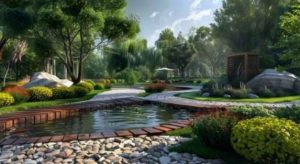
 .
.